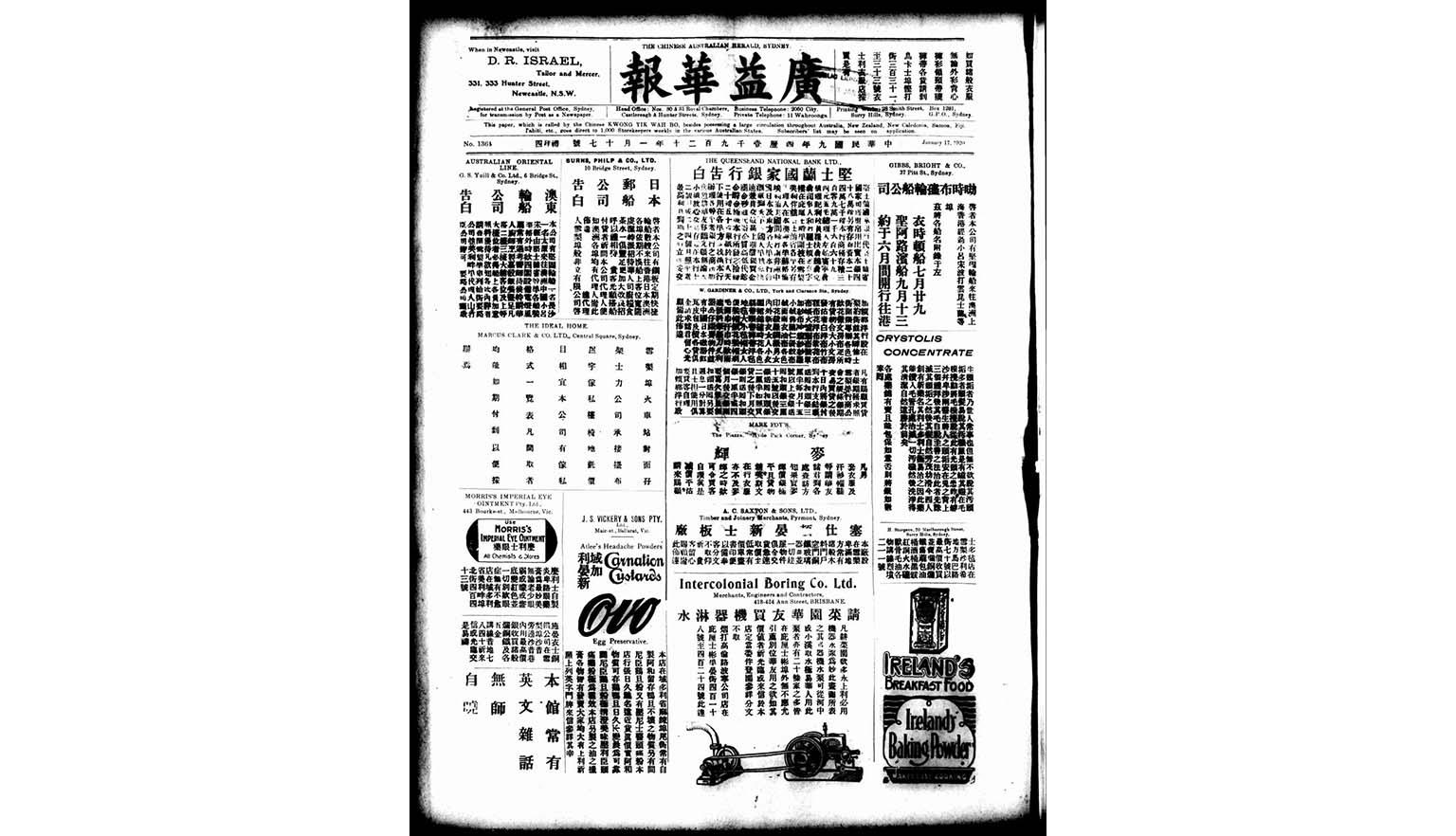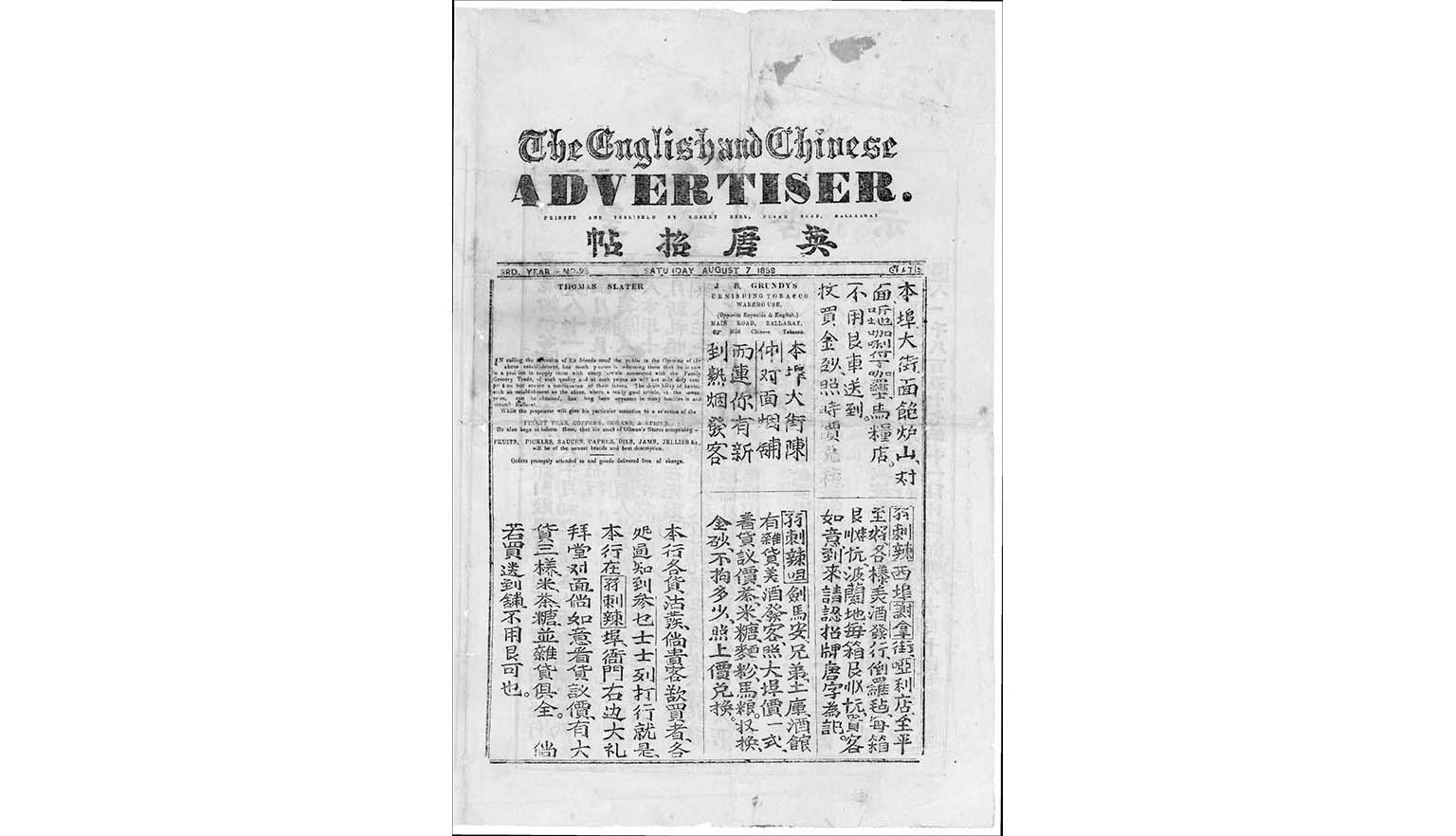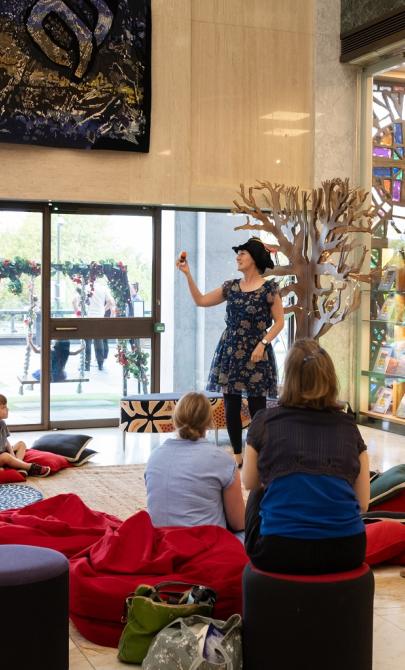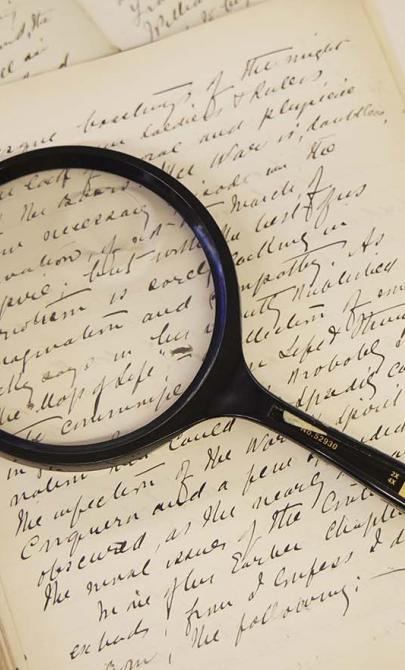Chinese
Chinese settlement in Australia
Chinese migration to Australia has been shaped by restrictive laws and shifting social attitudes.
During the gold rush of the 19th century, many Chinese miners travelled to Australia to work on the goldfields. Their presence in large numbers led to tensions with European miners. While many returned to China after the gold rush, others stayed and took up occupations such as market gardening.
The Immigration Restriction Act 1901, a key part of the White Australia policy, severely limited Chinese migration for much of the 20th century. It wasn’t until after World War II that Chinese migration gradually increased—first through the repatriation of wartime refugees, then through sponsored workers and, by the 1960s, non-sponsored students. The sponsorship-based migration system made it difficult for family groups to settle together in Australia.
In the 1960s and 1970s, Chinese restaurants and food outlets became more common in both suburban and regional areas. During this period, Chinese Australians became increasingly integrated into Australian society—through residence, intermarriage, employment and social life.
Anti-Chinese legislation in early colonial Australia
In June 1855, the colony of Victoria passed its first piece of legislation targeting Chinese migrants: An Act to Make Provisions for Certain Immigrants.
This was the first law of its kind in the Australian colonies. It imposed a £10 poll tax on every Chinese person arriving in Victoria and limited the number of Chinese passengers to one for every 10 tonnes of cargo on board a ship.
To avoid the restrictions, many shipping companies redirected Chinese gold seekers to Guichen Bay in South Australia. From there, thousands travelled overland to the Victorian goldfields via the township of Robe.
Chinese-language newspapers in Australia
Chinese communities in Australia have a long history of publishing newspapers in their own language. While some were produced as early as the 1850s and 1860s, Chinese-language newspapers became more prominent from the 1890s to the 1940s.
These publications offer valuable insights into community life, identity and concerns. Through news articles, editorials, advertisements and shipping timetables, they provide a cultural snapshot of how Chinese Australians viewed their place in Australian society. The language used in these newspapers often reflects the Cantonese origins of many Chinese migrants during this period.
Learning activities
Activity 1: Write a mystery article
Have students write a newspaper article about a mystery—real or imagined. This activity encourages students to:
- consider the writing style and tone
- demonstrate a range of grammatical and stylistic techniques
- tailor their writing for a specific audience and purpose
Activity 2: News from the homeland
Hold a class discussion on how the delivery of information from a country of origin might influence the content and tone of newspapers written in that language. Consider:
- political or media influences
- cultural values and narrative styles
- the impact of distance and diaspora
Activity 3: Explore multilingual newspaper content
Ask students to explore the articles and content of the newspaper resources linked earlier in the module. Encourage them to:
- identify key themes or recurring topics
- reflect on how language and culture shape the way news is reported





